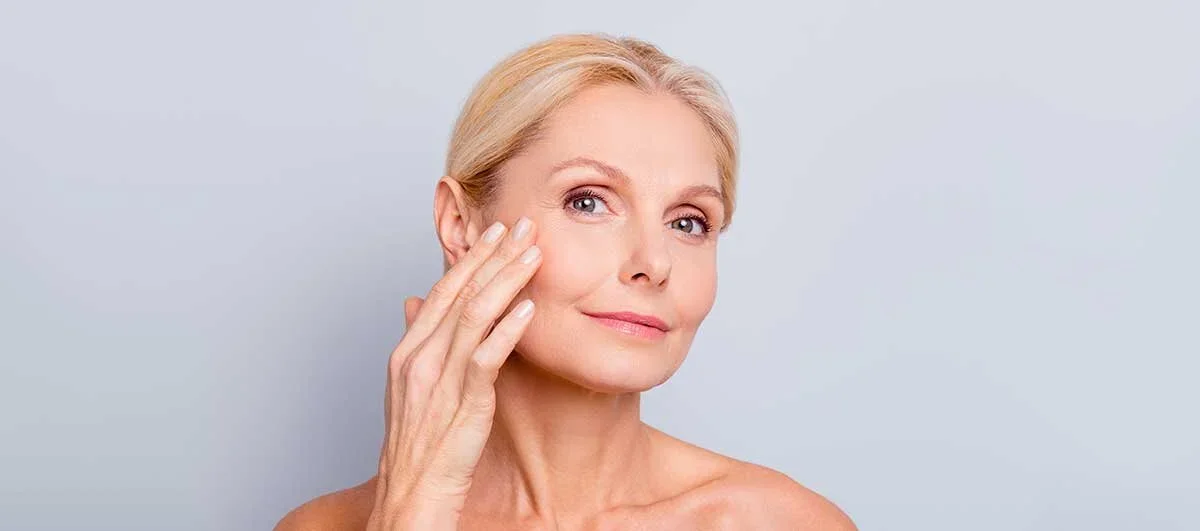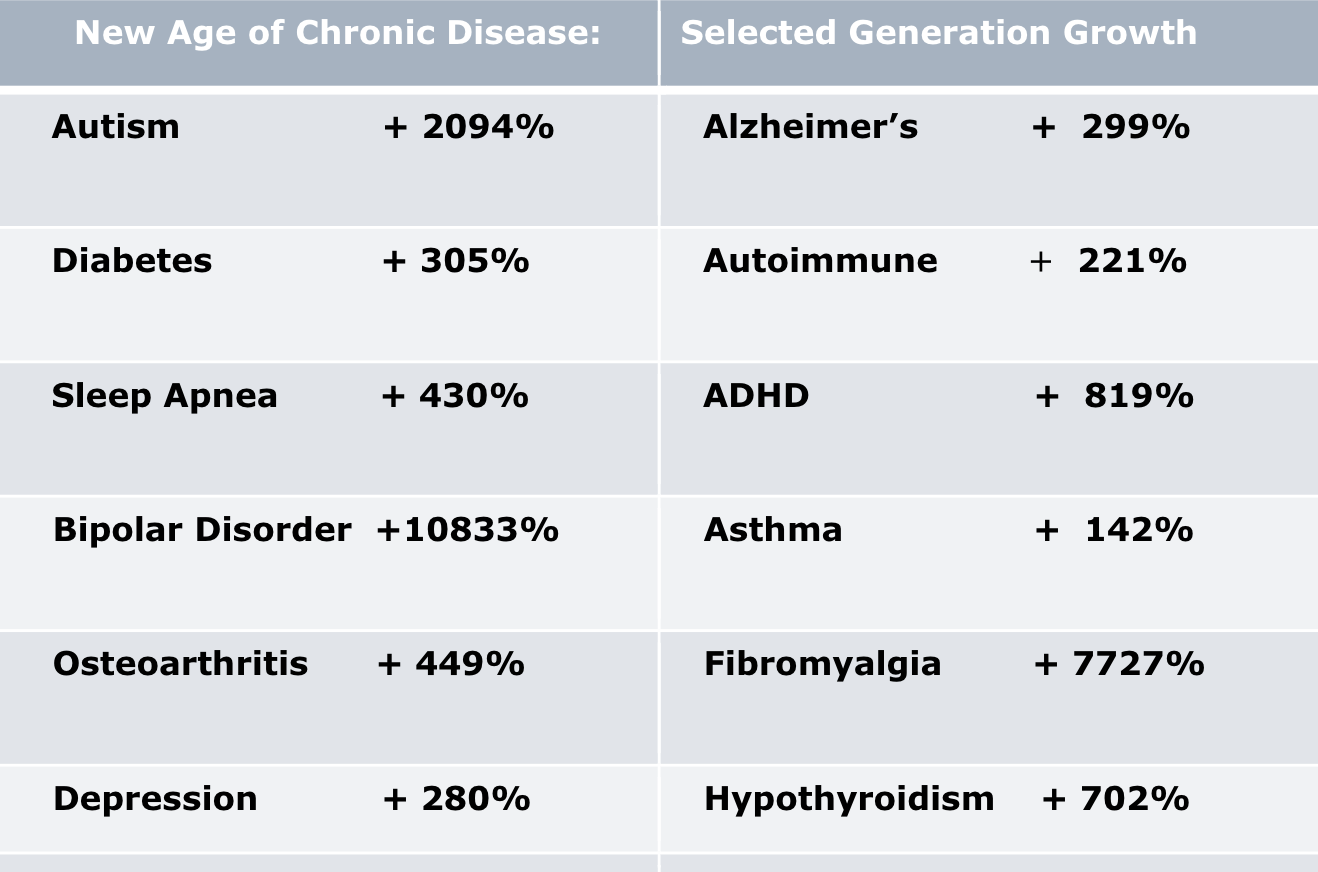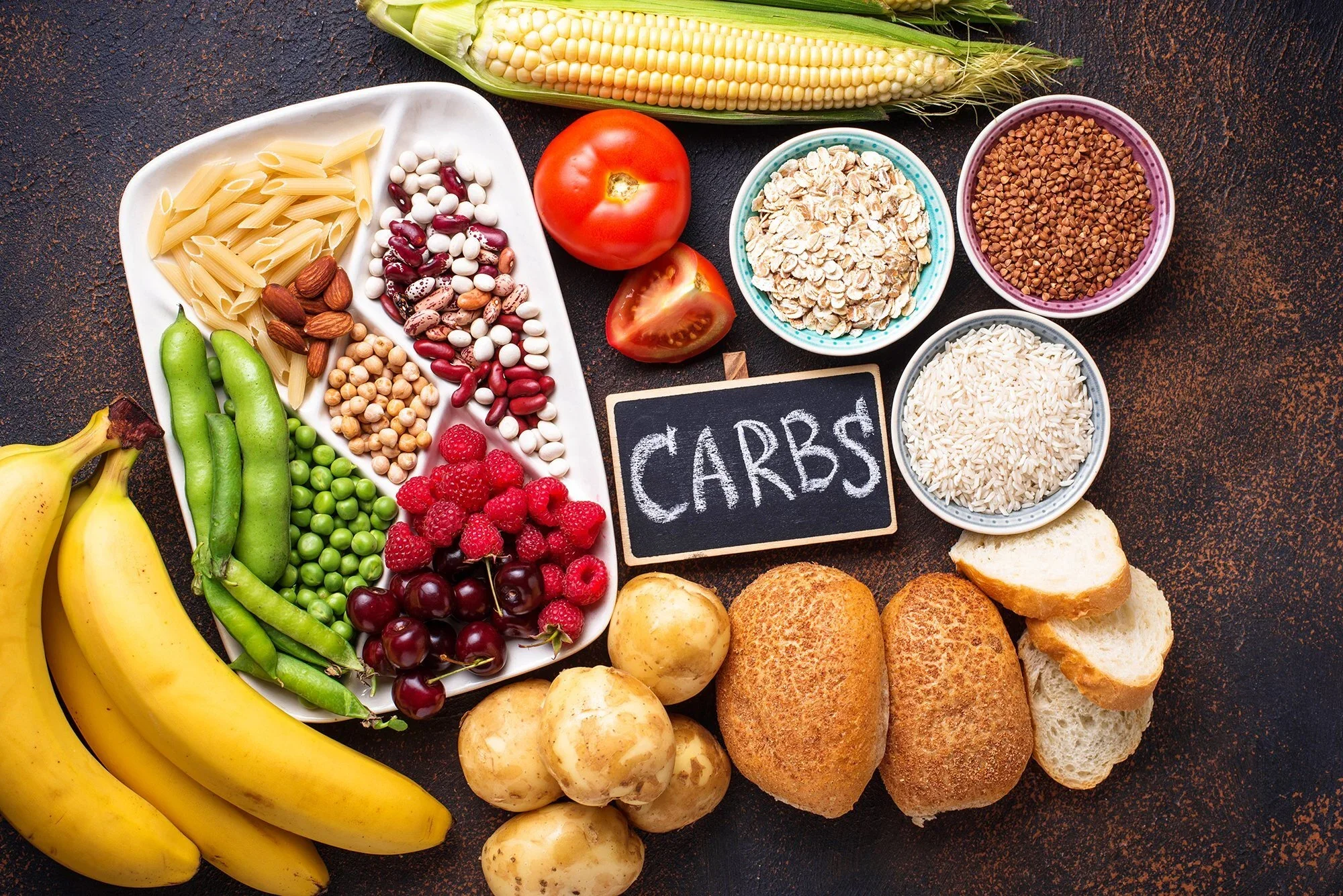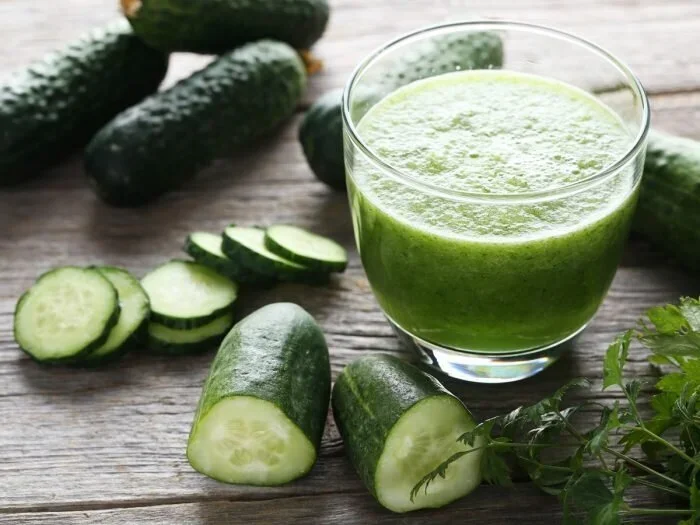
health briefs
This is smart health for real life. Short reads, clear science, practical moves. I show you where better energy, focus, and resilience come from. Follow along for data-driven insights, clinical strategies, and behind-the-scenes perspective on strategic health for individuals and companies.
Living close to cell-tower increases cancer risk x 3
n a German study, doctors examined close to 1,000 patients to see if those who lived close to a cell-tower for 10 years had an increased risk of cancer. The social and age differences within the study group were insignificant. They found that the proportion of newly developed cancer cases was three times higher for those living within 400 meters (approx 1300feet) of a cell-tower compared to those living further away. In addition, they found that patients on average became ill with cancer 8 years earlier. To live more than 400 meters away from a cell-tower is particularly important. This is because computer simulation and measurements used in the study showed that the radiation at that distance or less (the "inner region") is 100 times greater than the emissions beyond this distance ("the outer region"). Another important observation from the research is that the first 5 years one lived near a cell-tower, the risk was no different than one living far away from one. However, after 6-10 years the cancer risk jumped threefold for those who lived less than 400 meters from a cell-tower. Even more worrying: the average age of diagnosis was much younger. The risk of breast, prostate, pancreatic, intestinal, melanoma, lung and blood cancer increases significantly.
Silica better than collagen? Its relation to bones, hair, nails and skin beauty.
I am currently experimenting with different types of silica and bioavailability. Silica is something 99.9% lacks when I test for it, and this is a crucial mineral for everything beauty and bone related. And let’s not forget it is placed next to that heavy metal aluminium in the periodic table and these two guys have a tendency to exchange places. Meaning, when our body is lacking silica, we become more vulnerable to store aluminium. Silica (or silicon) minimizes wrinkles, improves hair strand strength and nails, it increases collagen production and thereby also the appearance of cellulite. I am completely convinced silica is THE MOST OVERLOOKED beauty and bone nutrient of today. Better than Botox, may I add.
"Root cause in the dramatic rise of chronic disease"
EMF exposure increases levels of peroxynitrite. Peroxynitrite is a powerful oxidant exhibiting a wide array of tissue damaging effects, including lipid peroxidation, inactivation of enzymes and ion channels via protein oxidation and nitration, and inhibition of mitochondrial respiration (Virag et al., 2003). In a single generation, there has been a dramatic acceleration in the prevalence of diseases and disorders like autism (2094%), Alzheimer’s (299%), COPD (148%), diabetes (305%), sleep apnea (430%), celiac disease (1111%), ADHD (819%), asthma (142%), depression (280%), bipolar disease in youth (10833%), osteoarthritis (449%), lupus (787%), inflammatory bowel disease (IBD –120%), chronic fatigue syndrome (11027%), fibromyalgia (7727%), multiple sclerosis (117%) and hypothyroidism (702%). Click on to read the full study.
Why lack of sunlight makes you fatter (study shows).
In the study researchers found that the white unhealthy type of fat cells shrink under sun’s blue light. This breakthrough helps explain why we tend to pack on the pounds in winter regardless of no change in diet/activity. And this may very well lead to light-based treatments for obesity and other related issues like diabetes. Read the full study here: https://www.ncbi.nlm.nih.gov/pmc/articles/PMC5703708/
The 6 Next Big Things in health...
Right now we have access to a host of testing that is able to give us insight into why we suffer from various chronic diseases. And that is of course really amazing. I am talking about testing stuff related to toxic load i.e. pesticides, chemicals, heavy metals, mycotoxins, bacteria imbalances, microbiome, genes and so forth. However, the question is always WHAT are we not testing for today (and thus largely going undetected, undiagnosed and untreated). Following are the parameters I foresee will play a big impact in the near future once wee begin to figure out ways to measure how a person is impacted by them. This is especially true when it comes to figuring out causes of adrenal/chronic fatigue, stress, insomnia and stubborn issues still left unresolved by today’s methods.
Why you get fatter when you sleep later
The no. 1 thing that has personally affected my weight the most in my life has not been my eating or exercise habits, but times when sleep has been sketchy - I could literally feel myself gaining weight from week to week during poor sleeping periods. We can’t eat or exercise our way out of lack of sleep. The only cure for lack of sleep is sleep. Here is a study exploring the connection between weight issues and poor sleep: “Late bedtimes and late wake up times are associated with an unfavorable activity and weight status profile, independent of age, sex, household income, geographical remoteness, and sleep duration.” Read the full study in: Sleep. 2011 Oct 1; 34(10): 1299–1307. Published online 2011 Oct 1. Sleep Duration or Bedtime? Exploring the Relationship between Sleep Habits and Weight Status and Activity Patterns Tim S. Olds And so the next question is how do we reset our circadian rhythm?
Long-term consequence of keto
Overall, our current data demonstrate that maintenance on a KD may impair glucose tolerance over time and have detrimental effects on the ability to mount a sufficient insulin response to a high-carbohydrate meal. The effects on glucose homeostasis, however, are rapidly reversible upon resumption of a high-carbohydrate diet. Finally, despite the effects of a KD on peripheral insulin and glucose tolerance, responsivity to the anorectic effects of central insulin is enhanced. The results of these studies underscore the necessity to fully examine how dietary macronutrient manipulation affects multiple metabolic parameters to identify potential consequences.” Read the full study here: https://www.ncbi.nlm.nih.gov/pmc/articles/PMC2903931/ The main take-away being that because something is good short-term, that doesn’t mean it’s good long-term.
DANISH ONLY ONLINE WEBINAR 5th of September: Minerals and their vital role for modern living
In this Danish only online webinar on 5th of September we will be discussing the vital role minerals play in our health today. To register click here: https://tidslerne.nemtilmeld.dk/173/ and read more about the event.








